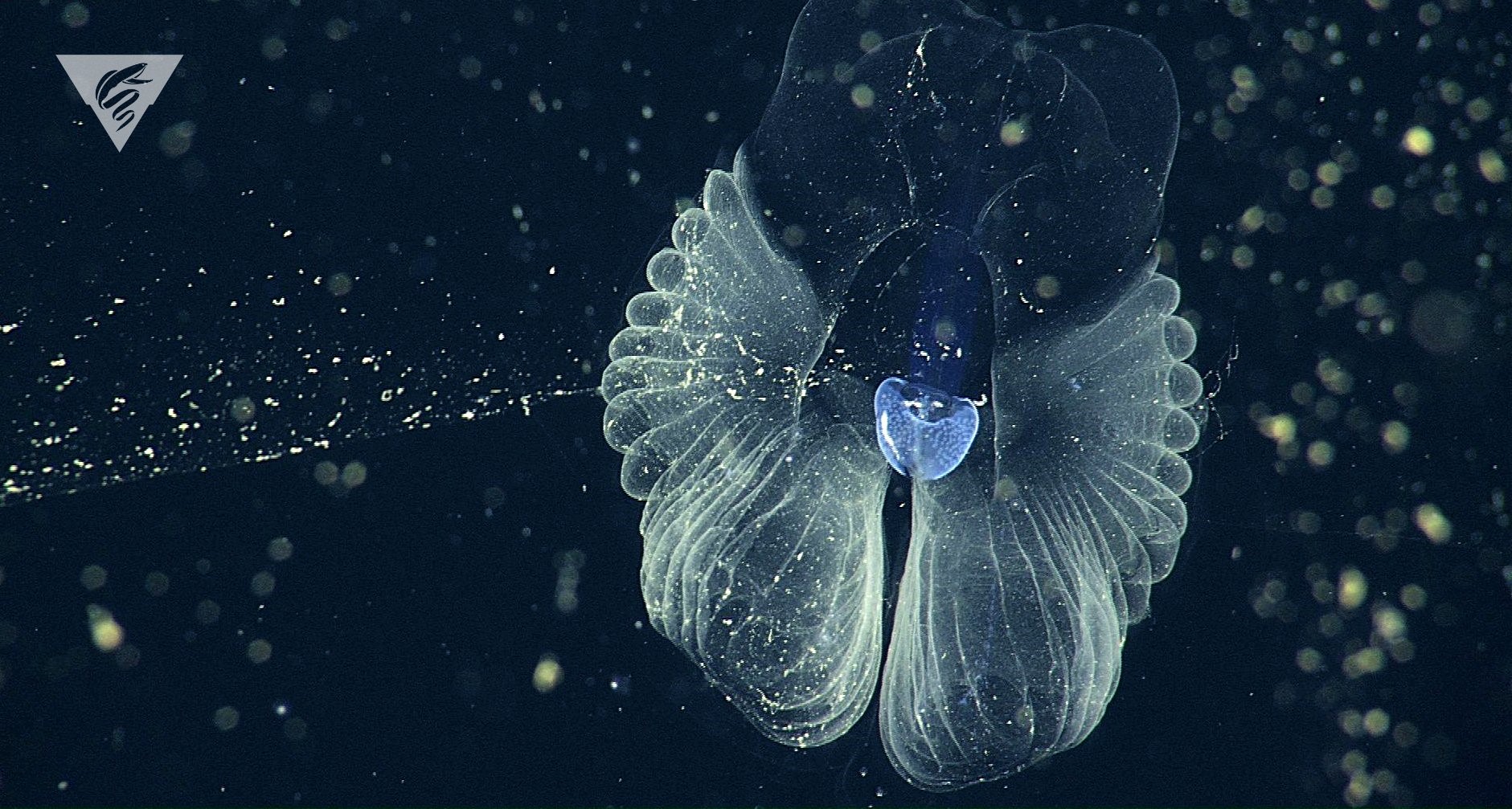Thorrold, S., Afonso, P., Fontes, J., Braun, C., Santos, R., Skomal, G., Berumen, M., (2014). Extreme diving behaviour in devil rays links surface waters and the deep ocean. Nature Communications. 5(4274). DOI: 10.1038/ncomms5274

The Chilean devil ray, Mobula tarapacana, was up until now thought to live near the surface in warm temperate and tropical sunlit waters, basking in the sun with mojito in fin. This large ray not only wins badass points for being named after ‘el diablo’, but its species name also surpasses the word ‘banana’ in a literary sense. Scientists have long been baffled by the presence of retia mirabiliai, essentially a heat exchange system that shunts heat generated from red muscle fibres in the rays’ pectoral fins to the brain and other organs. Why would M. tarapacana need to keep their brains warm if they resided in warm waters anyway?
By tagging fifteen M. tarapacana individuals from 2011-2012 in the central North Atlantic Ocean, Thorrold et al., gained a deeper understanding of these elusive creatures. All tagging was completed at the Princess Alice seamount using popup satellite archival tags.
The results

Not many animals consistently dive past the mesopelagic into the bathypelagic zone (1,000-3,000 m depth) because of the cold temperatures (<5°C), high pressures and low levels of dissolved oxygen. However, results from this study show that for M. tarapacana, diving to daredevil depths is just another day in the life. Two distinct patterns of dive profiles beyond 800 m emerged. The most common dive profile was classified as a foraging dive and consisted of a fast descent with slower return to surface. Foraging dives totaled 60-90 min. long and only happened once in 24-hours. In contrast travelling dives consisted of staying at depths of up to 1,000m for up to 11 hours.
Dive profiles also varied depending on time of day. During daylight hours (6am-6pm), rays made deeper and longer dives, diving down faster and returning to the surface slower. They also spent more time at the surface an hour before and after the dive to warm up their bodies in preparation for or recovery from a deep, cold dive. Under the cover of darkness (6pm-6am), dives were shallower, shorter, and descent time was on par with ascent time with no pattern of surface residency before or after. See figure on left.
Ultimately, these rays do not only travel far horizontal distances, but they are also among the ocean’s deepest and fastest descending divers. M. tarapacana were found to dive beyond 1,800m, reaching descending speeds of up to 6m/s which surpasses the descent rates of beaked whales and sperm whales (other deep divers) at 1-2m/s, as well as Bluefin and yellowfin tuna at 4-5m/s.
Significance
Finally, the mystery of retia mirabilia in M. tarapacana is solved–it exists to prevent brainfreeze when diving to extreme depths! The results also show that basic ecological knowledge of myliobatoid rays is lacking. In light of pressures from an increasing harvest rate for devil and manta gill rakers and high incidental catch in longline and tuna purse seines, additional research should be a priority. Last but not least, these findings vertically link surface predators and prey at depths leading to implications for commercial fisheries such as bigeye tuna, swordfish, and blue sharks.
I’m a past oceanbites writer, occasional editor and guest poster. I graduated with a Masters of Coastal & Marine Management from the University of Akureyri in Iceland, and am currently working in marine conservation. In particular, I’m supporting an Indigenous-led initiative to safeguard the largest inland sea in the world (Hudson Bay & James Bay, Canada). I love weird ocean critters and *sigh…I really do enjoy long walks on the beach.

